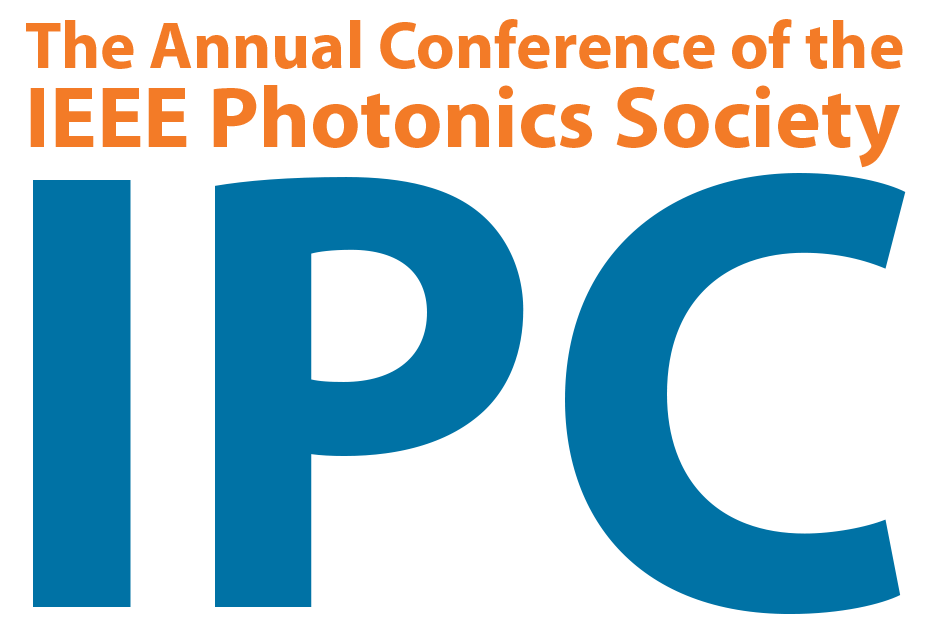Best Student Papers
2021 IEEE PHOTONICS CONFERENCE
BEST STUDENT PAPER FINALISTS
BEST STUDENT PAPER WINNERS WERE ANNOUNCED AT THE
2021 IEEE PHOTONICS CONFERENCE CLOSING CEREMONY
THURSDAY 21 OCTOBER 2021 2:00 PM – 3:45 PM (EDT)

1st Place
Adam Dadey, University of Virginia, USA
“Cryogenic Noise of Staircase Avalanche Photodiodes”
We demonstrate very low-noise characteristics at 115 K for 3-step and 5-step staircase avalanche photodiodes with gains of ~9 and ~30 respectively.

2nd Place
Arijit Misra, Technische Universität Braunschweig, Germany
“Modulator-based Sinc-sequence Sampled Time and Frequency Multiplexed QAM Signal Transmission”
A simple technique for the orthogonal time multiplexing and demultiplexing of quadrature amplitude modulated (QAM) signals is demonstrated. To demultiplex a time signal from a parallel time-wavelength multiplexed superchannel, a Mach-Zehnder. Modulator is sufficient for I and Q without the need of any optical filter.

3rd Place
Xiaohui Xu, Purdue University, USA
“Deterministic Creation of Quantum Emitters in Hexagonal Boron Nitride on Non-patterned Substrates”
We propose and demonstrate a novel method to create quantum emitters in hexagonal boron nitride (hBN) with an atomic force microscope. This technique applies to hBN flakes on flat (non-patterned) substrates that are compatible with integrated quantum devices. A single-photon-emitter yield of up to 36% is achieved.

Honorable Mention
Eleni Margariti, Institute of Photonics, Department of Physics, University of Strathclyde, United Kingdom
“Sub-micron-accuracy Automated Position and Rotation Registration Method for Transferred Devices”
We demonstrate a high accuracy and throughput automated method for the spatial registration of micron-scale devices on planar chips. The system is used to assess the yield, spatial pitch, and rotation of mass transfer-printed membrane devices (here micro-LEDs for illustration) using simple optical microscopy tools.

Honorable Mention
Ricardo Bustos-Ramirez, University of Central Florida, USA
“Optical Synchronization Between a Dissipative Kerr Soliton and a Chip-scale Mmode-locked Laser”
A 305 GHz dissipative Kerr soliton is synchronized to a chip-scale 10 GHz mode-locked laser through regenerative harmonic injection locking, the repetition rate stability of the mode-locked laser after synchronization is shown to be 10^-9 at 100 ms.
